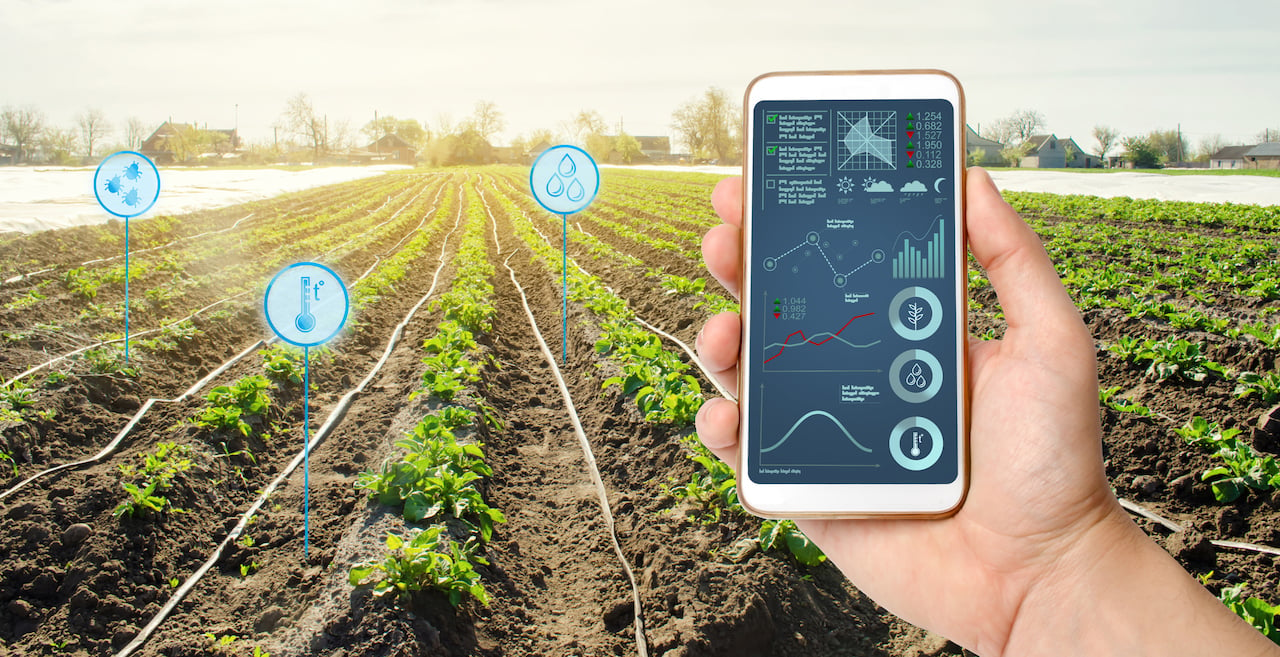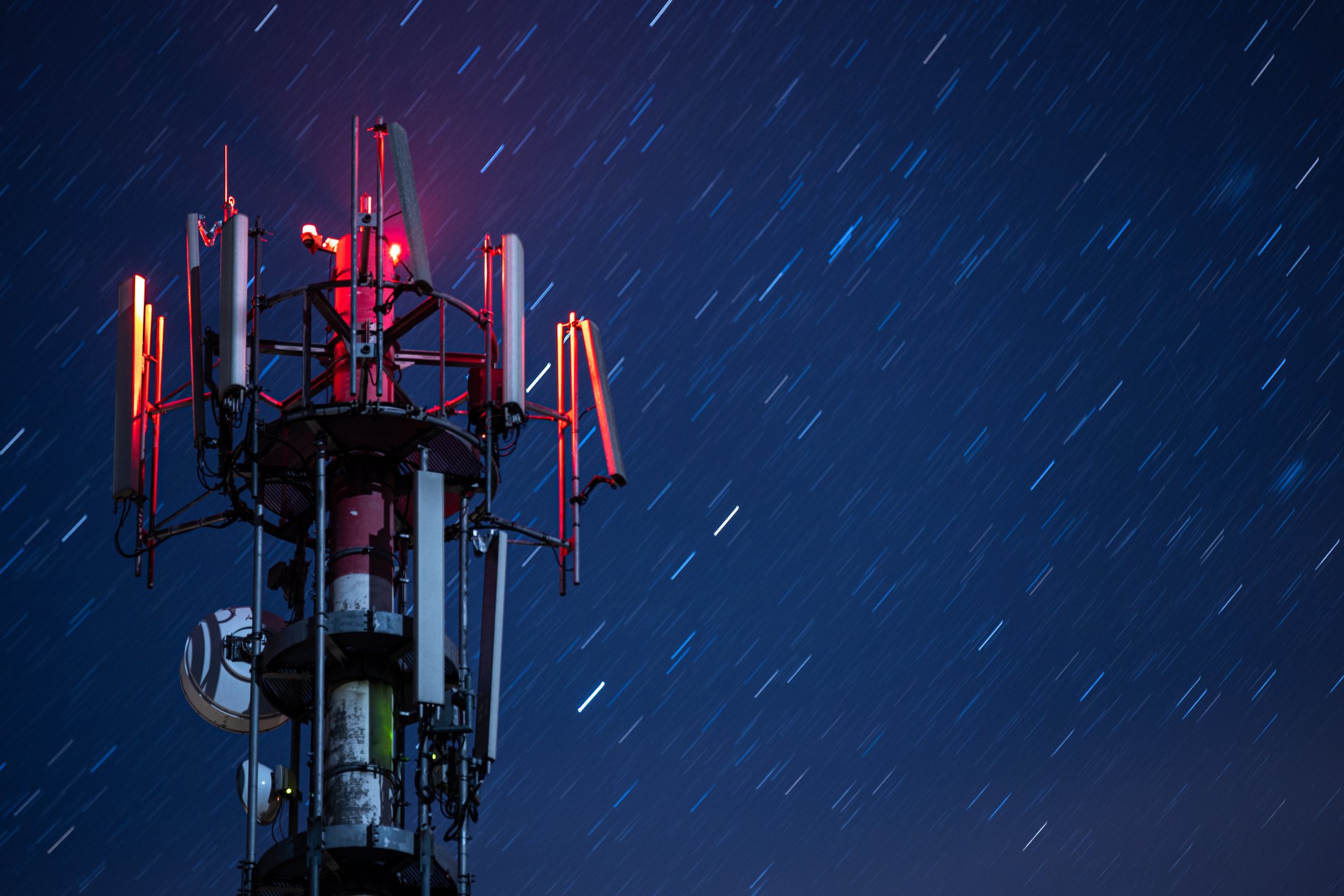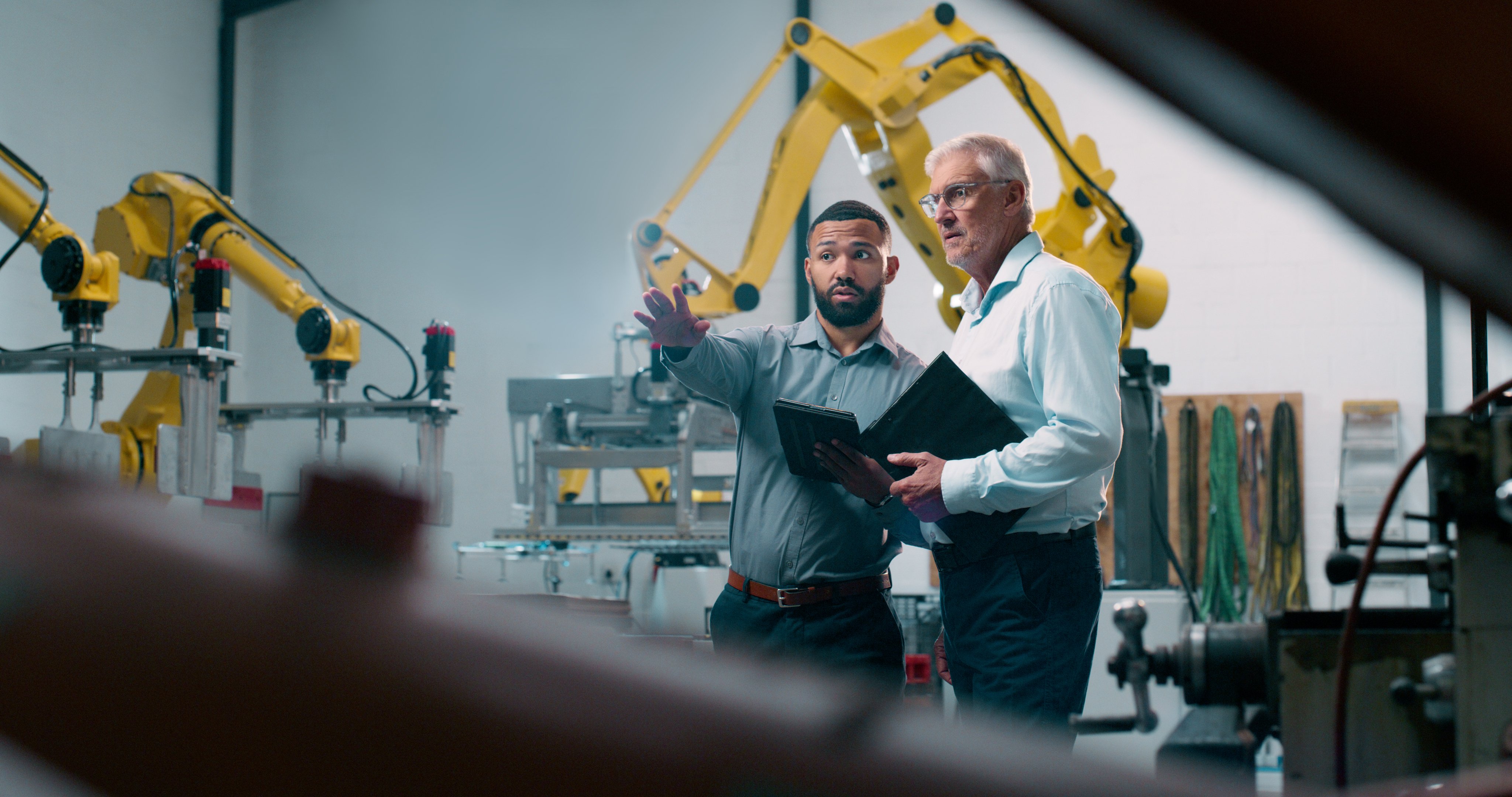
- December 2025 (1)
- November 2025 (2)
- October 2025 (3)
- September 2025 (3)
- August 2025 (3)
- July 2025 (2)
- June 2025 (3)
- May 2025 (3)
- April 2025 (3)
- March 2025 (2)
- February 2025 (1)
- December 2024 (2)
- November 2024 (1)
- August 2024 (2)
- June 2024 (3)
- May 2024 (3)
- April 2024 (1)
- March 2024 (3)
- February 2024 (2)
- January 2024 (2)
- December 2023 (1)
- November 2023 (2)
- October 2023 (2)
- September 2023 (1)
- August 2023 (1)
- July 2023 (2)
- June 2023 (3)
- May 2023 (2)
- March 2023 (4)
- January 2023 (2)
- November 2022 (2)
- September 2022 (1)
- August 2022 (2)
- July 2022 (2)
- June 2022 (1)
- May 2022 (1)
- April 2022 (3)
- March 2022 (1)
- February 2022 (3)
- January 2022 (2)
- December 2021 (1)
- November 2021 (1)
- October 2021 (2)
- September 2021 (3)
- August 2021 (1)
- July 2021 (3)
- May 2021 (2)
- April 2021 (2)
- March 2021 (2)
- February 2021 (3)
- January 2021 (3)
- December 2020 (1)
- October 2020 (1)
- August 2020 (1)
- August 2019 (1)
- January 2019 (2)
- September 2018 (5)
- June 2018 (1)
- November 2017 (1)
- September 2017 (1)
- July 2017 (1)
- May 2017 (1)
- January 2017 (1)
- October 2016 (2)
- August 2016 (1)
- July 2016 (1)
- June 2016 (1)
Subscribe by email
The Internet of Things (IoT) has transformed industries by creating a network of interconnected devices that communicate seamlessly. From wearable health trackers to complex industrial systems, IoT technology uses sensors, software, and connectivity to automate processes, enhance experiences, and improve efficiency. At the core of this ecosystem are IoT sensors—critical components that gather data, enabling devices to function intelligently. In the following sections, we’ll explore what IoT sensors are, different types, and real-world examples of how they power connected devices.
What are IoT Sensors?
IoT sensors are hardware components that detect changes in an environment and collect data, forming the bridge between the physical and digital worlds. They can measure variables like temperature, pressure, motion, and more, sharing information across networks to allow devices to interact and respond effectively. By gathering real-time data, these sensors enable predictive maintenance, automation, and data-driven insights, making them essential to IoT solutions.
14 essential types of IoT sensors for connected devices
There are many different types of sensors, and they come in different shapes and sizes. Here are 14 of the most common types and uses of sensors.
1. Temperature sensors
Temperature sensors measure the amount of heat generated from an area or an object. They detect a temperature change and convert the findings to data. Temperature sensors are used in various industries, including manufacturing, healthcare, and agriculture. Some examples are thermistors, thermocouples, and resistor temperature detectors (RTD).
2. Proximity sensors
Proximity sensors detect the presence or absence of objects near the sensor without physical contact. They often emit a beam of radiation like infrared or an electromagnetic field. They can be used for process monitoring and control, object counting, assembly lines, and determining available space. Proximity sensors are common in retail settings, industrial complexes, and parking lots. Some examples are photoelectric, magnetic, capacitive, inductive, and ultrasonic.
3. Pressure sensors
These sensors detect changes in a gas or liquid. When the pressure range is beyond a set threshold, pressure sensors alert to the problem. They are used for leak testing, water systems, vehicles, and aircraft. For example, the BMP180 is a digital pressure sensor found in cell phones and GPS navigation devices. And some vehicles use a tire pressure monitoring system (TPMS) to alert when tire pressure is low and potentially unsafe.
4. Water quality sensors
As you’d expect, water quality sensors monitor the quality of water. They are often used in water distribution systems, but they function in a variety of industries. There are different kinds of water sensors, including residual chlorine sensors, turbidity sensors, pH sensors, and total organic carbon sensors.
5. Chemical and gas sensors
These sensors monitor air quality for the presence of toxic or hazardous gas. They often use semiconductor, electrochemical, or photo-ionization technologies for detection. They are typically used in industrial and manufacturing settings, though they are also found in carbon dioxide detectors.
6. Infrared sensors
Some sensors either detect or emit infrared radiation to sense characteristics and changes in the surrounding area. They’re useful for measuring heat emissions from an object. Infrared sensors are used in remote controls, healthcare settings, and even by art historians authenticating artwork.
7. Smoke sensors
Most people are familiar with smoke detectors, as they have protected our homes and businesses for a long time. However, with improvements based on IoT, smoke detectors are now more user-friendly, convenient, and wire-free.
8. Motion sensors
Motion sensors detect physical movement in an area. Of course, these sensors play a significant role in the security industry, but they are used in nearly every industry. Applications include automated sinks and toilet flushers, automatic door controls, energy management systems, and automated parking systems. Standard motion sensors include ultrasonic, microwave, and passive infrared (PIR).
9. Level sensors
Level sensors detect the level of various substances, including powder, granular material, and liquids. Industries that use them include water treatment, food and beverage manufacturing, oil manufacturing, and waste management. They can detect the level of liquid in a container and can even determine the amount of waste in a dumpster.
10. Image sensors
These sensors convert optical images into signals and are generally used to display or store files electronically. They are found in radar and sonar, biometric devices, night vision equipment, medical imaging, digital cameras, and even some cars. Charge-coupled devices (CCD) and complementary metal-oxide semiconductors (CMOS) are most commonly used.
11. Humidity sensors
These sensors measure the amount of water vapor in the air. Typical uses include heating and air conditioning systems (HVAC) and weather monitoring and prediction. When humidity must be tightly controlled, such as in museums, hospitals, and greenhouses, humidity sensors assist the process.
12. Accelerometer sensors
Accelerometer sensors detect the orientation of an object and the rate of change, including tap, shake, tilt, and positioning. They are used in many industries for smart pedometers, anti-theft protection, and monitoring auto fleets. Some types are capacitive accelerometers and hall-effect accelerometers.
13. Gyroscope sensors
A gyroscope sensor measures the angular rate or velocity, or the speed of rotation around an axis. They are generally used for navigation in the auto industry for navigation and anti-skid systems as well as in video games and drones. Some examples include optical gyroscopes, rotary gyroscopes, and vibrating structure gyroscopes.
14. Optical sensors
Optical sensors measure light and convert it into electrical signals. Many industries make use of optical sensors, including auto, energy, healthcare, and aerospace. Sensors include fiber optics, photodetector, and pyrometer.
How IoT sensors work across industries
IoT sensors have become indispensable across a range of industries, from agriculture and healthcare to manufacturing and retail. By capturing real-time data, these sensors allow businesses to make informed decisions and optimize operations. Here are a few examples of how they’re transforming different sectors:
- Agriculture: Soil moisture sensors enable farmers to monitor crop conditions and make data-driven decisions about irrigation. By ensuring crops receive the right amount of water, these sensors help optimize yields, conserve water, and reduce costs.
- Healthcare: Wearable sensors, such as smartwatches and fitness trackers, monitor vital signs like heart rate, blood pressure, and oxygen levels. This continuous monitoring empowers healthcare providers to offer remote care, catch early warning signs, and improve patient outcomes.
- Smart Homes: Motion, temperature, and humidity sensors play a critical role in home automation. They help regulate indoor climates, trigger lighting systems, and improve security, creating a more energy-efficient and comfortable living environment.
- Manufacturing: Chemical, temperature, proximity, and level sensors track machinery performance, detect anomalies, and predict maintenance needs, helping prevent costly downtime and extending equipment life.
- Retail: Proximity and infrared sensors are used to manage inventory in real time, monitor product conditions, and analyze customer behavior in-store. This data helps retailers make decisions that improve supply chain efficiency, enhance the shopping experience, and optimize stock levels.
Examples of IoT sensors
At Zipit, we work with clients providing IoT solutions across a wide range of industries. Our clients use IoT for everything from creating Wi-Fi hotspots to asset tracking to farming fertilizer and irrigation control systems. It’s exciting to partner with companies to add value and advance the IoT use cases. Some of the best examples of Zipit customers delivering sensor-based solutions & technologies include:
- Sensit Technologies — Gas leak monitoring and detection instruments
- MultiTech — Sensor-to-gateway IoT applications
- HeatSiecker — Livestock monitoring solution with heat detection
- Smardii — Incontinence products for healthcare provided in hospitals
Integrating sensors with broader IoT solutions
For IoT systems to work effectively, sensors must integrate seamlessly with broader IoT platforms, software, and connectivity protocols like WiFi, Bluetooth, and LoRaWAN. This integration enables smooth data transfer, real-time monitoring, and intelligent responses. Connectivity technologies play a crucial role in linking sensors to cloud platforms and edge devices, ensuring that data flows smoothly across the system.
Considerations when using IoT sensors
There are a lot of things to think about when determining the right type of sensors for your business needs. One of the top considerations will be the form factor, including size. Will this be a wearable device, used in a vehicle, or functioning in a factory? And will it need to be easily accessible?
Also, consider the power consumption and the frequency of that consumption. Is it steady and frequent or sporadic? Additionally, you’ll want to consider the volume and rate of data that will be transmitted. You’ll need to make sure the IoT ecosystem can handle it. And last, but equally important, is to consider security. Cyberattacks are always a concern, so the security of your IoT device should be front-and-center when you’re setting up.
Leveraging cellular backhaul to extend IoT sensor reach and reliability
For many IoT deployments in remote or infrastructure-challenged environments, sensor networks like LoRaWAN are ideal for low-power connectivity. However, they often need a reliable “last mile” connection to deliver aggregated data to the core network and the internet. This is where cellular backhaul becomes indispensable. Using a cellular link (like LTE-M or 5G) as the transport path from a sensor gateway ensures consistent, secure, and scalable connectivity when wired infrastructure is unavailable or unreliable. By combining local sensor networks with cellular backhaul, IoT solution architects can achieve resilient, long-range coverage at the sensor edge, while gaining global reach, obtaining accurate performance data, and simplifying operational strategies.
Learn more: LoRa to Cellular Backhaul: How to Transmit IoT Data to the Cloud
Why IoT sensors are key to future innovation
As IoT technology evolves, the role of sensors will continue to expand. From smart cities to autonomous vehicles, sensors are driving the next wave of digital transformation by enabling connected, intelligent systems. Businesses looking to deploy IoT solutions can leverage these sensors to gain real-time insights, enhance productivity, and unlock new possibilities.
Zipit's solutions for sensor-based IoT architectures
For those device manufacturers that are incorporating IoT sensors into their connected device products, Zipit can assist with providing connectivity and monetization strategies for your connected device solution.
IoT sensor connectivity
A key challenge with deploying sensor solutions is managing costs. The more sensors you add, the more data is consumed, increasing the cost to maintain the network. Zipit helps customers control costs by ensuring the end consumer covers increased utilization. The Zipit IoT platform can track the number of sensors used in a deployment, and when more are added, the end customer is prompted to change their billing to accommodate this increased usage.
Monetizing one-to-many sensor/gateway IoT solutions
The Zipit platform helps customers develop effective business models using sensors and a cellular gateway, or hub. Sensors can monitor product performance, detect anomalies in the service due to things like power failure, and more.
Learn more: 7 Top-Rated IoT Gateway Companies
IoT sensors help drive the value of IoT
Sensors serve a crucial role in an IoT ecosystem, enabling it to operate by detecting changes in an environment and collecting valuable data. The type of sensor you choose for your device will depend on your device, its purpose, and how your customers are using it.
Want to know more about Zipit’s robust yet intuitive IoT platform to connect and monetize sensor-based IoT solutions? Contact us to discuss your company's unique needs. We’re happy to offer insights based on our extensive experience.
You might also like:
Related Content
The latest IoT insights and platform updates from Zipit.
As billions of connected devices continue to shape modern life, IoT manufacturers ...
The Internet of Things (IoT) is transforming how businesses operate, compete, and ...
IoT asset tracking unlocks real-time awareness, predictive power, and operational ...


